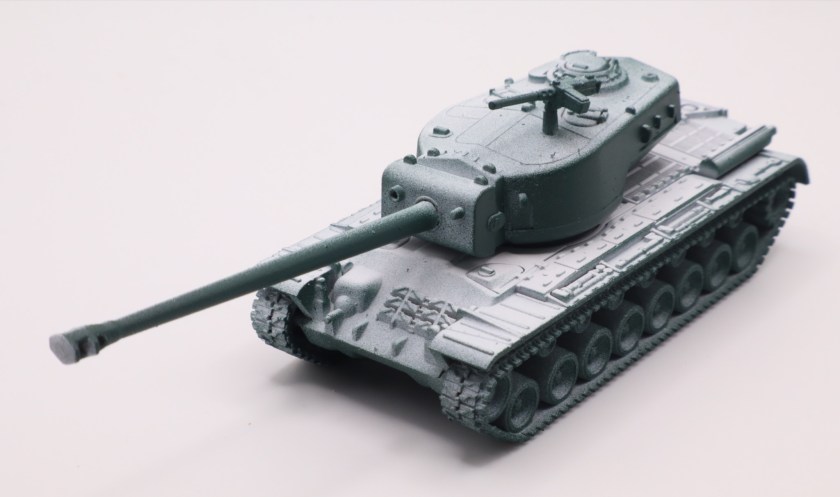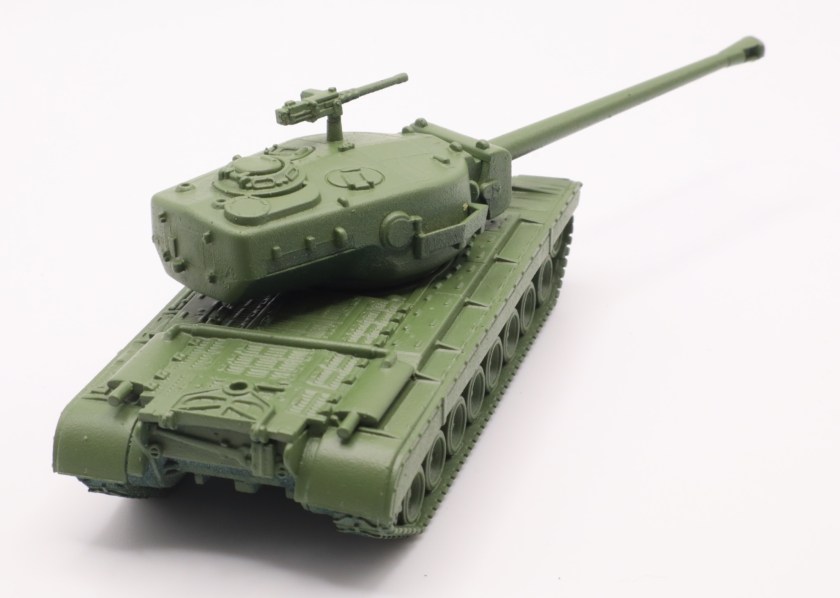We have had an update from Battlefront about the Early War releases we heard about before.
We saw again the TOG 1, the Char 2C, but also the German Early Wars Monster, not quite the Großtraktor I thought it might be in my blog post last July.
The tank they have gone for is the Neubaufahrzeug. Multi-turreted, heavy and slow, they were not considered successful, which led to only five being produced. These were primarily used for propaganda purposes and training, though three took part in the Battle of Norway in 1940. The Neubaufahrzeug had many connections to the previous Großtraktor, utilising many of the same components including the engine and transmission.
Battlefront also showed us some pages on the other Early War Monsters as well.
















































